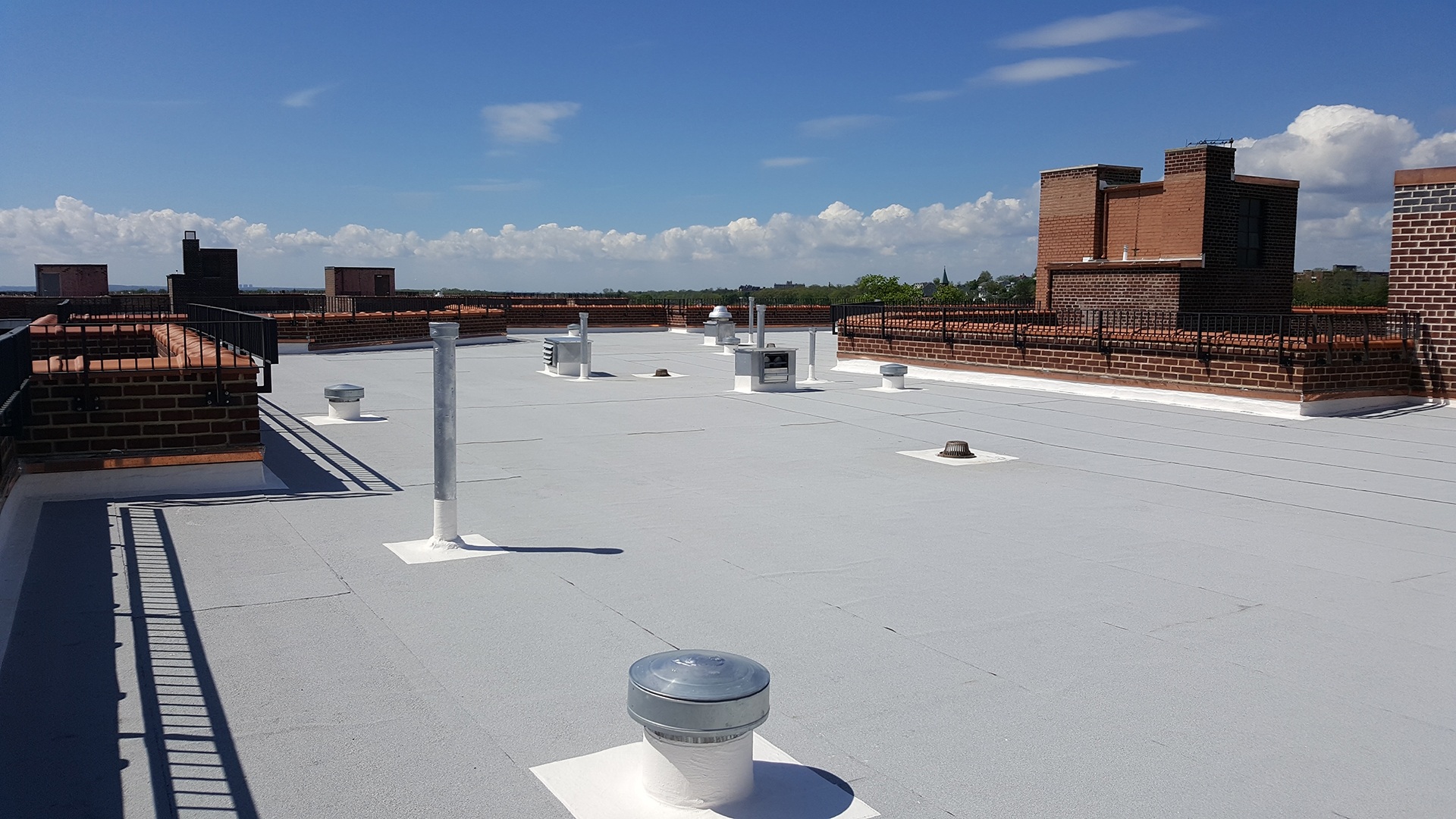When it comes to roofing, it seems like there are a million types to choose from – shingles, tile, metal, slate, membrane, even vegetated. It can be difficult to sift through all of the information and reach a conclusion about which one is the right choice for your building. Today, we are talking specifically about membrane roofing and its benefits for buildings in the city that never sleeps.
What is Membrane Roofing?
Membrane roofing is a roofing system that eliminates the formation of pools of water on flat and low slope roofs. Unlike sloped roof designs with layers of roof shingles or tiles, flat and low slope roofs have a difficult time removing water from their surfaces alone. This system is typically a single layer membrane with no seams that moves water away from areas on the roof where it would otherwise collect.
Types of Membrane Roofing
There are many types of membrane roofing used for flat and low slope roofs. The most popular are:
- Built-up roofing
- Ethylene Propylene Diene Monomer (EPDM)
- Polyvinyl Chloride (PVC)
- Thermoplastic polyolefin (TPO)
How It Can Benefit Buildings in NYC
New York receives its fair share of rain and snow every year. The average rainfall every year is 47 inches, while the average snowfall is around 25 inches. That is more than enough precipitation to cause significant damage if it lingers on rooftops. Since most roofs on existing buildings in the city have flat roofs, this could be a real risk if the wrong roofing system is chosen.
Whether your building is new or old, it is important to consider a roofing system that effectively moves water off the roof top year-round. Membrane roofing was created specifically for the types of rooftops that make up New York City’s skyline.
Scott Henson Architect has completed many roof replacement and repair projects, and has knowledge of best practices when it comes to choosing a manufacturer or contractor. For more information, contact us today.




